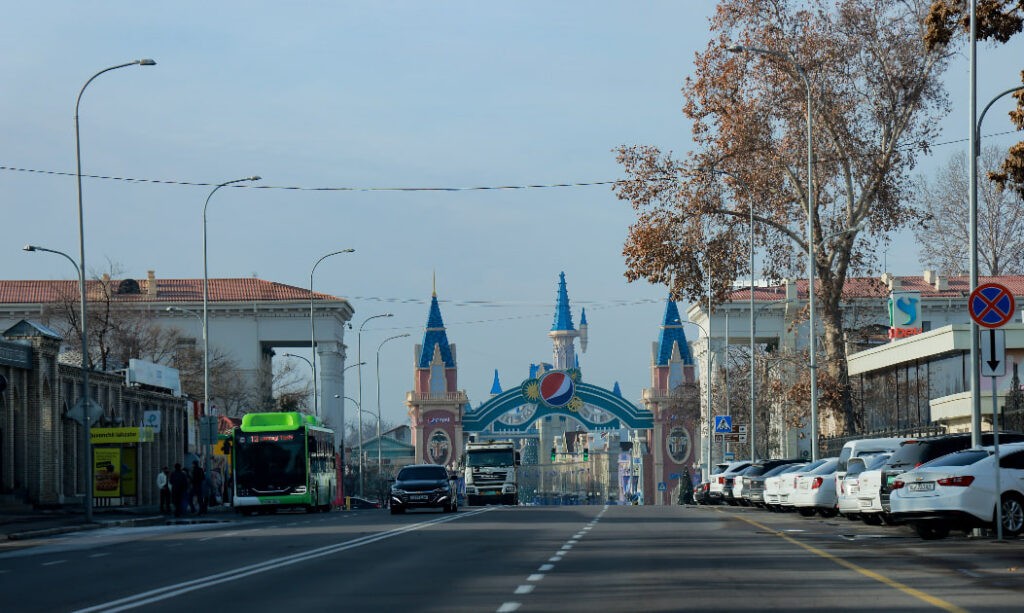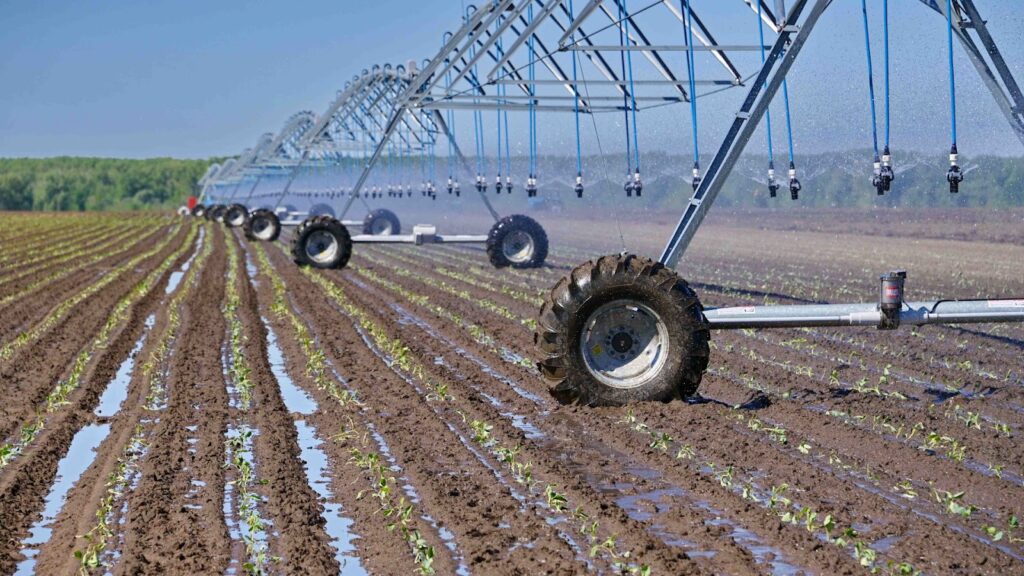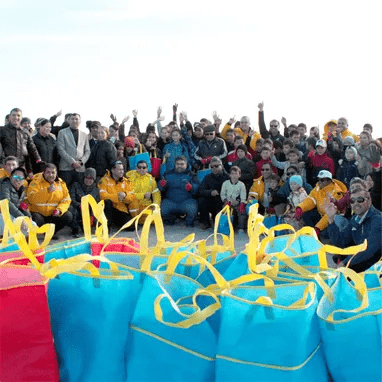Viewing results 1 - 6 of 11
Uzbekistan’s Ministry of Ecology, Environmental Protection and Climate Change has announced that from 24 April, Tashkent will be car-free on the fourth Wednesday of every month. The main goals of the campaign are to promote a healthy lifestyle, protect the environment from harmful gases emitted by cars, reduce the volume of traffic, and attract attention to developments in public transport. On the first car-free day, heads and employees of government agencies will travel to work by public transport; a move that will reduce the number of cars passing through Tashkent by 200 thousand (22-25%), and harmful emissions by an average of 580 tons. By publicizing the example to be set by its own employees, the government aims to encourage other workers and residents to refrain from driving in the city on designated car-free days. Authorities in Tashkent are currently working on the introduction of environmentally-friendly public transport including electric buses and the launch of new metro lines, as well as the creation of bicycle paths.
On March 29th, President Shavkat Mirziyoyev chaired a government meeting on the expansion of green areas across the country. Aimed at improving the environment, Uzbekistan has initiated a mass tree planting campaign. In addition to 125 million saplings being planted this spring, work has begun on the creation of parks and planting trees in rows of ten along roads. To date, the Ministry of Defense has planted on 100 hectares, and the Ministry of Digital Technologies as well as the Ministry of Mining and Geology have each given over 65 hectares to parkland. The Ministry of Ecology, Environment and Climate Change has been tasked to establish 444 gardens and 160 public parks. To expand green areas in Tashkent, the city planning council has specified that all new construction projects allocate at least 30 percent of their territories for trees. Now in force, the campaign will ensure that green areas are integrated into projects involving the construction of 2.5 thousand multi-storey buildings in the capital. In addition, trees are to be planted on at least one hectare of land in each of the 38 New Uzbekistan residential compounds. Barren land along roads and railways, rivers and canals, and around industrial enterprises and gas stations offers further potential for a greener Uzbekistan.
On March 5th, Uzbekistan’s President Shavkat Mirziyoyev visited a new centre for environmental diagnostics of motor vehicles in Tashkent. Environmental issues have become a major concern in Uzbek’s capital city, especially air pollution caused by harmful emissions from traffic. In a measure to stall the sharp increase in air pollution, the centre first assesses the level of harmful substances emitted by motor vehicles and depending on results, attaches color-coded stickers with chips to vehicles’ windshields. Plans are in place to divide the city's territory into several ecological zones. Entry will be limited in accordance with the level of pollutants emitted by vehicles, identified by their red, yellow, or green stickers. Drivers of vehicles that violate the rules will be automatically fined and the resulting revenue, invested in incentives to further improve the environment. The government plans to expand the initiative by installing some 100 automatic air monitoring stations and creating 84 registration and diagnostic centres for vehicles across the country. In a move towards tackling air pollution, the government will also encourage the purchase of greener, electric vehicles by reducing the fee for state license plates.
On 27th February, Kazakhstan’s Ministry of Water Resources and Irrigation announced plans to increase the volume of groundwater used for agricultural irrigation by tapping into local reserves. The country and especially its dry southern and eastern regions, has long been dependent on water from its upstream neighbors, Kyrgyzstan and China. Kazakhstan’s groundwater reserves exceed 43,000 tons per day, 19,000 tons of which could effectively be used in irrigation. Agriculture currently uses more than 40 thousand tons, equivalent to 60%, of water collected per day. Of this, groundwater makes up just 1.2%. Under the first stage, this is due to increase to 10-15%, initially from reserves in Almaty, Pavlodar, East Kazakhstan, and Zhambyl. In 2023, of the 1.8 million hectares of irrigated land in Kazakhstan, water-saving technologies were employed on as little as 17% (312,000 hectares), with drip irrigation used on only 84,000 hectares. As an added incentive to implement the expansion of areas of irrigated land through a greater use of groundwater and water-saving technologies, the state will introduce subsidies and reduced tariffs for users.
In a demonstration of communal commitment to the environment, over 100 citizens of Turkmenistan engaged in a clean-up initiative organized by the Malaysian oil and gas giant, Petronas. The event on Kiyanly beach, aimed at stimulating environmentally responsible behaviour, saw participants cleanse the shoreline of litter. Petronas regularly stages such events as part of its broader environmental policy, with employees of the company and citizens coming together, fostering a sense of shared responsibility. It is hoped that such initiatives can become a catalyst for lasting change.







